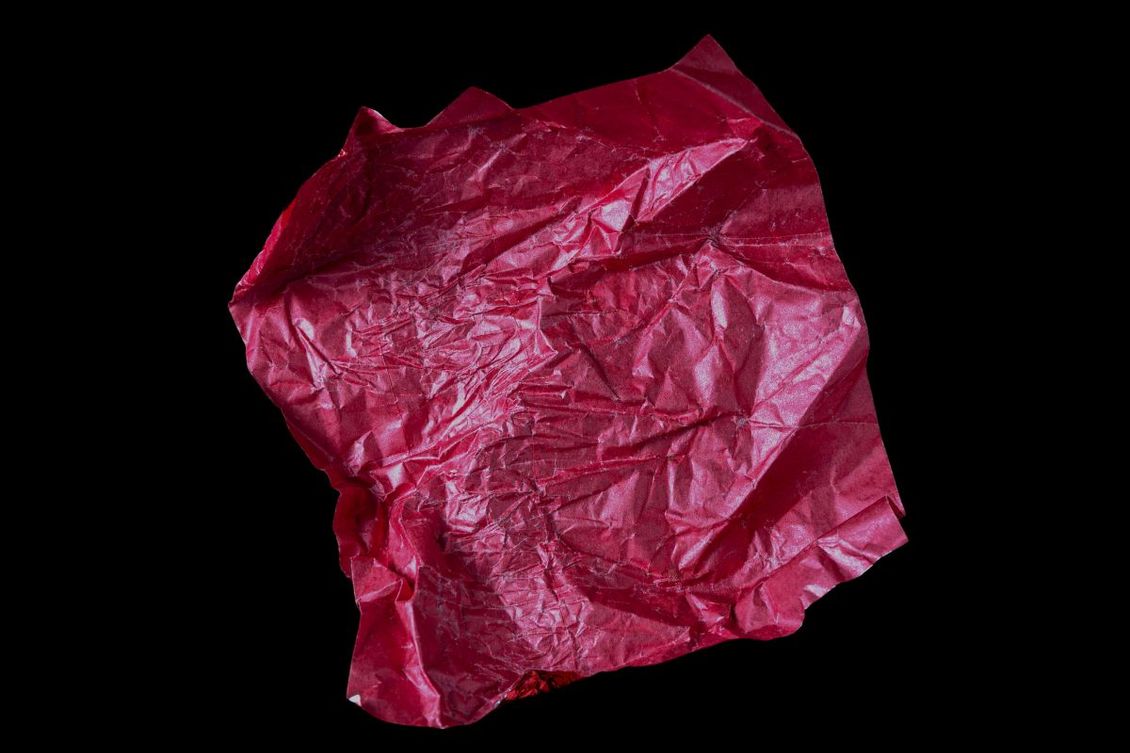
Edible packaging is, as you’d imagine, packaging you can eat. It has gained traction in recent years – but when did the first person take a bite?
The concept of packaging you can eat has been around for a long time. In 12th century China, for example, wax was used in citrus fruits to reduce moisture loss and make the surface of the fruits shiny.
But the invention of modern edible packaging technology is usually attributed to David Edwards (Harvard Professor and biomedical engineer). In 2012, he developed a form of edible packaging called WikiCells – a biodegradable membrane that could carry small volumes of various types of food.
As described in this article for Delish magazine, the membranes are made of charged particles bound together by electrostatic energy. They’ve been compared to the natural protective layers found on some fruits, like apples and oranges.
The invention of WikiCells was a big moment in edible packaging. It created a buzz around the potential of more edible development. And since then, both the WikiCells team and other developers have created more biodegradable and tasty (or at least, non-toxic to eat) solutions.
The benefits of edible packaging are primarily environmental. It could reduce waste, minimise the carbon footprint of F&B businesses and food products, and provide sustainable packaging options that will contribute to national and global sustainability targets.
Which is why it has piqued people’s interest in recent years, both within the F&B industry and among the general public. Governments and businesses are starting to invest in edible alternatives, with a new wave of startups emerging on the scene:
According to data from Future Market Insights, the edible packaging market is expected to grow at a CAGR of 14.31% from 2023-2033, when it’ll reach a value of USD $4.18 billion.
In spite of the rise in interest and investment, edible packaging still isn’t widely used – and a significant cultural shift will be needed if the majority of consumers are going to see packaging as a consumable item, instead of something they throw away.
A lot more research and development has to happen. But gradually, more of the F&B industry is engaging with the potential of edibles; so perhaps in just a few years we’ll all be eating our food wrappers.
Read the blog: Blockchain for traceability and trust in F&B
Take your seat at the InFlavour table, a government-backed and world-leading B2B food event by Tahaluf.
E-mail address SubmitWant to keep up to date with all our latest news and information? Enter your name below to be added to our mailing list.
E-mail address Submit